 A police pursuit of a suspect can be a dangerous scenario for all individuals in the vicinity of the pursuit. But what happens when the officer collides with a party while in pursuit, and your car is then struck due to the first accident? The First Circuit Court of Appeal for Louisiana recently addressed the issue.
A police pursuit of a suspect can be a dangerous scenario for all individuals in the vicinity of the pursuit. But what happens when the officer collides with a party while in pursuit, and your car is then struck due to the first accident? The First Circuit Court of Appeal for Louisiana recently addressed the issue.
On February 22nd, 2014, Slidell Police Officer Justin Lee Stokes (“Stokes”) was traveling at a high rate of speed, northbound on Highway 11. Lee’s patrol vehicle was in pursuit with both the emergency lights and siren activated. Lee approached the intersection of Highway 11 and Gause Boulevard, when a car traveling south on Highway 11 driven by Ian Jurkiewicz (“Jurkiewicz”), made a left hand turn directly in the path of Stokes’ pursuit. Stokes’ patrol vehicle collided with Jurkiewicz’s vehicle, which then struck a second vehicle, driven by Jennifer Bullock (“Bullock”).
Bullock filed a lawsuit for damages against the City of Slidell, Stokes, Jurkiewicz, and United Services Automobile Association (“USAA”) for damages stemming from the accident. The lawsuit was filed in the Twenty-Second Judicial District Court for the Parish of St. Tammany, Louisiana. Bullock made a motion for the partial dismissal of Jurkiewicz and USAA, which was granted by the District Court. Stokes and the City of Slidell made a motion for summary judgment because police officers are immune from liability when the acts of the officer are within the scope of the power and duties vested in a police officer. La. R.S.9:2798.1 (2014). When an officer is in pursuit of an actual or suspected violator of the law, the officer may exceed maximum speeds limits so long as the officer does not put life or property in danger. La. R.S.32:24 (2014). The district court granted the motion for summary judgment. Bullock then filed an instant appeal in regard to the decision of the district to grant the summary judgement motion, arguing that it was incorrect to determine that there was not a genuine issue of material fact and that La. R.S.9:2798.1 and La. R.S.32:24 were not applicable to the facts in this case, because she Bullock believed that speed was not the cause of the accident.
 Louisiana Personal Injury Lawyer Blog
Louisiana Personal Injury Lawyer Blog


 When our loved one is under the care of others, we expect him or her to be free from pain and neglect. Unfortunately, the authorities in charge of our loved one can make mistakes, and sometimes, the mistakes can be fatal. In such cases, we would likely blame the authorities in charge and desire some sort of punishment upon them. However, just because the fault may lie with the authorities does not mean that punishment is inevitable. The case of Jamie Zaunbrecher is an example.
When our loved one is under the care of others, we expect him or her to be free from pain and neglect. Unfortunately, the authorities in charge of our loved one can make mistakes, and sometimes, the mistakes can be fatal. In such cases, we would likely blame the authorities in charge and desire some sort of punishment upon them. However, just because the fault may lie with the authorities does not mean that punishment is inevitable. The case of Jamie Zaunbrecher is an example.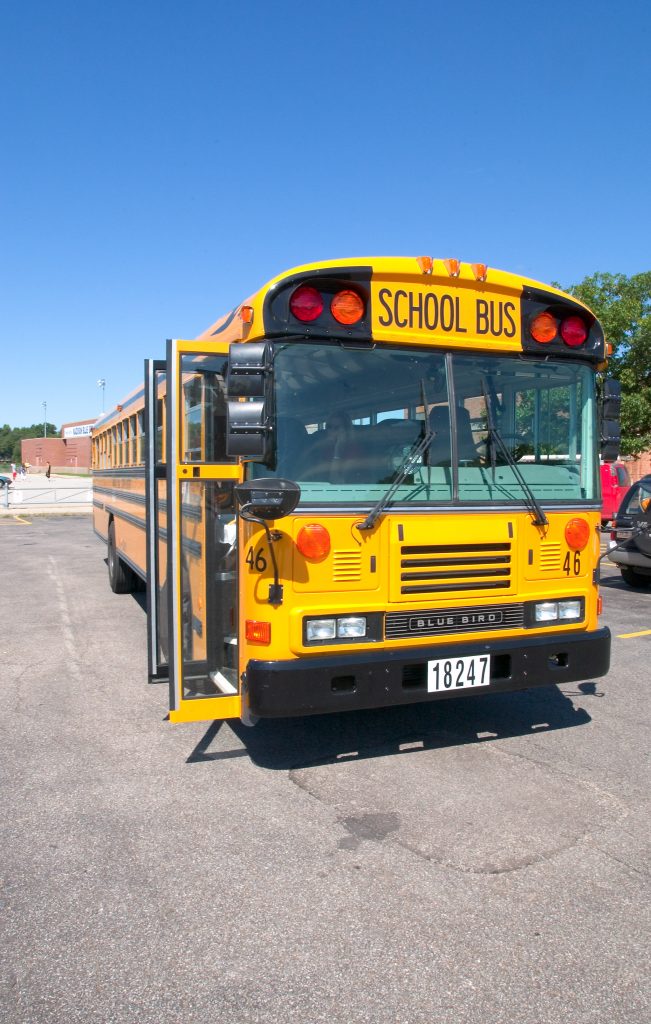 Losing a child is always an extremely difficult experience for a parent to go through, and it is even more difficult when the death is a result of negligence. Normally when negligence occurs, the parents bring forth a wrongful death lawsuit against the negligent party.
Losing a child is always an extremely difficult experience for a parent to go through, and it is even more difficult when the death is a result of negligence. Normally when negligence occurs, the parents bring forth a wrongful death lawsuit against the negligent party.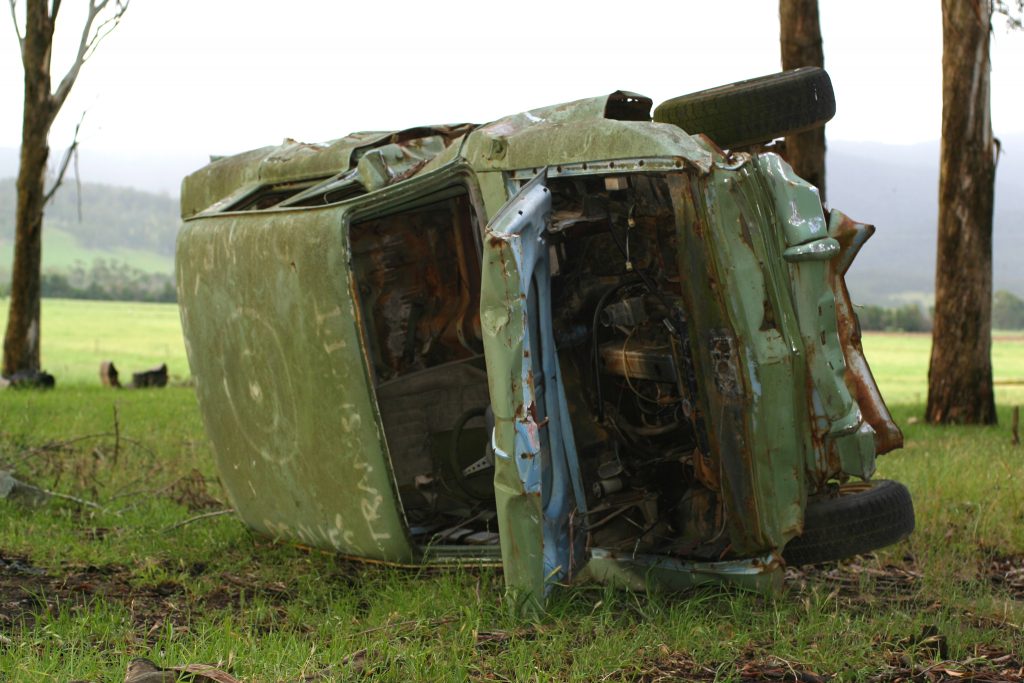 Generally, when you have a car accident it is a fender bender, and it is clear to the police and the court what events took place. However, in some situations, the evidence can support different versions, and the parties do not agree on what occurred. Typically, when there are conflicting stories in a case, it is up to a fact finder to determine which version is the “truth.” A fact finder may be a judge or a jury. However, when the trial court’s determination of fact is appealed, the Louisiana Supreme Court has established a two-part test to determine if the trial courts finding was correct or must be overturned. First, the Louisiana Appellate Court must make the determination after reviewing if a reasonable factual basis exists for the finding of the trial court; second, the Louisiana Appellate Court must determine if the record establishes that the finding of the trial court is clearly wrong (
Generally, when you have a car accident it is a fender bender, and it is clear to the police and the court what events took place. However, in some situations, the evidence can support different versions, and the parties do not agree on what occurred. Typically, when there are conflicting stories in a case, it is up to a fact finder to determine which version is the “truth.” A fact finder may be a judge or a jury. However, when the trial court’s determination of fact is appealed, the Louisiana Supreme Court has established a two-part test to determine if the trial courts finding was correct or must be overturned. First, the Louisiana Appellate Court must make the determination after reviewing if a reasonable factual basis exists for the finding of the trial court; second, the Louisiana Appellate Court must determine if the record establishes that the finding of the trial court is clearly wrong ( In the law, words matter greatly. How even one word is defined can make or break a lawsuit. However, courts do not allow words to be defined willy-nilly. There are certain methods courts will use to define words. In the case below, we will see how the plaintiff’s case was rendered moot due to the court’s interpretation of a word.
In the law, words matter greatly. How even one word is defined can make or break a lawsuit. However, courts do not allow words to be defined willy-nilly. There are certain methods courts will use to define words. In the case below, we will see how the plaintiff’s case was rendered moot due to the court’s interpretation of a word. While there are many steps that can be taken to prevent road accidents, accidents still happen. When accidents occur, we are left to determine who is at fault. For many people, automobile insurance is the only lifeline to help them recover from the accident. However, to automobile insurers, the question of who is at fault is incredibly important. Is there ever truly one party who is 100% at fault for a crash? How is a crash handled if it involves unconventional modes of transportation? Can someone be at fault if they are not legally negligible? These issues were explored in a case brought to the State of Louisiana Third Circuit Court of Appeals.
While there are many steps that can be taken to prevent road accidents, accidents still happen. When accidents occur, we are left to determine who is at fault. For many people, automobile insurance is the only lifeline to help them recover from the accident. However, to automobile insurers, the question of who is at fault is incredibly important. Is there ever truly one party who is 100% at fault for a crash? How is a crash handled if it involves unconventional modes of transportation? Can someone be at fault if they are not legally negligible? These issues were explored in a case brought to the State of Louisiana Third Circuit Court of Appeals.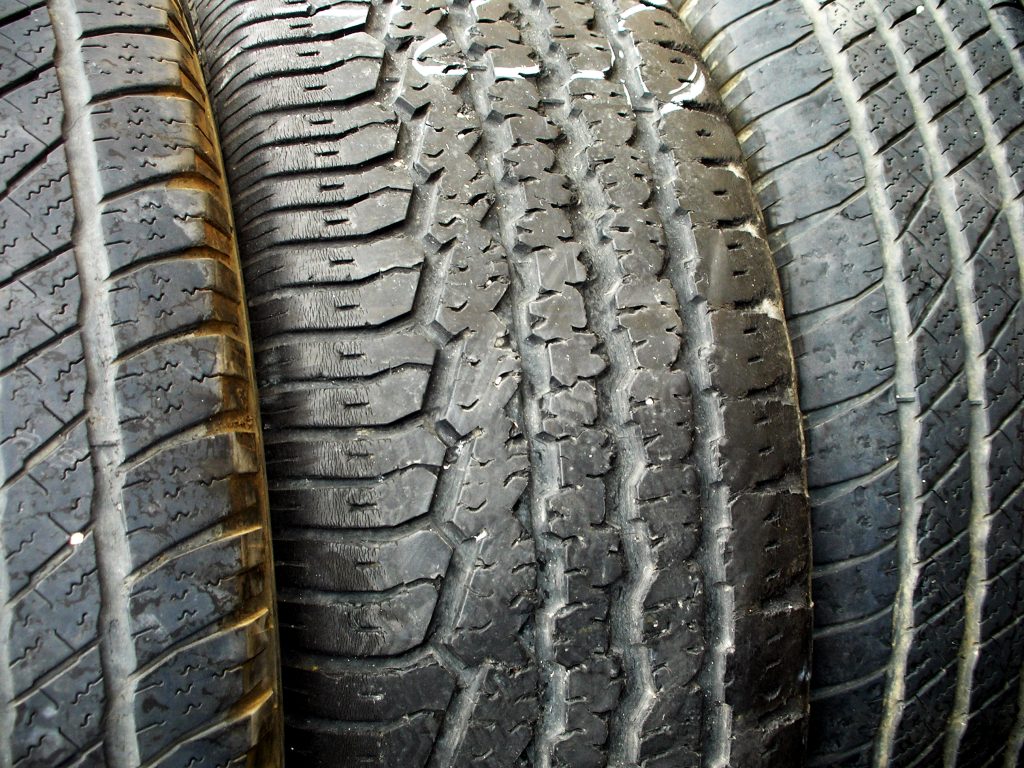 Caveat Emptor
Caveat Emptor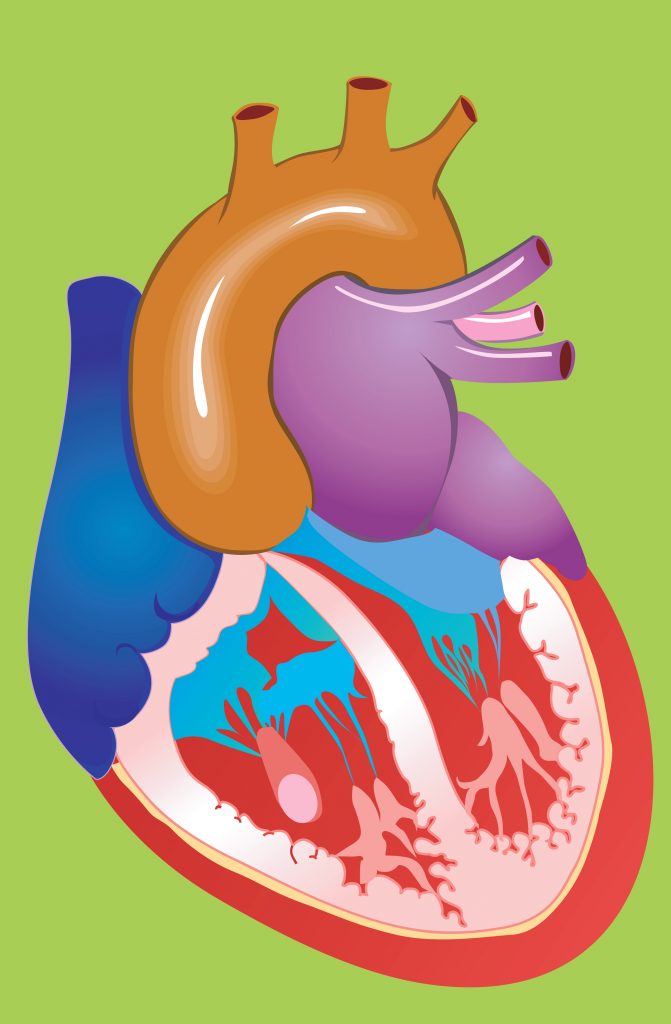 When you suspect a doctor has provided substandard care for a medical issue, it is important to immediately retain the services of a qualified medical malpractice attorney. Quick action is important because time is not on your side when considering a lawsuit. Here is but one example of how waiting can be detrimental to the plaintiff’s case.
When you suspect a doctor has provided substandard care for a medical issue, it is important to immediately retain the services of a qualified medical malpractice attorney. Quick action is important because time is not on your side when considering a lawsuit. Here is but one example of how waiting can be detrimental to the plaintiff’s case.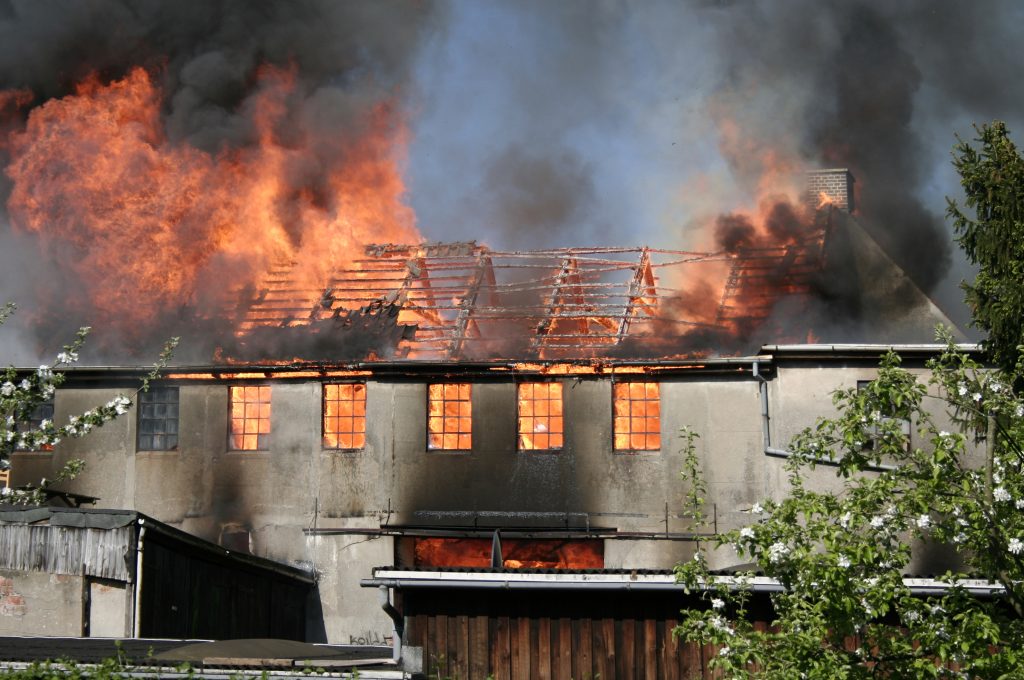 When a loved one dies from an avoidable accident, a family’s options for recovery include a wrongful death lawsuit. For this claim to succeed, a family often needs to prove that someone had a duty to protect the decedent but acted negligently in causing this death. For wrongful death lawsuits related to building fires, potentially negligent parties include those involved in preventing these disasters: building inspectors and fire marshals.
When a loved one dies from an avoidable accident, a family’s options for recovery include a wrongful death lawsuit. For this claim to succeed, a family often needs to prove that someone had a duty to protect the decedent but acted negligently in causing this death. For wrongful death lawsuits related to building fires, potentially negligent parties include those involved in preventing these disasters: building inspectors and fire marshals. Under Louisiana law, store owners can be held liable for damages if a customer is injured by an unsafe condition while visiting the premises. In November, 2011, Henry Moore, Jr. visited the Murphy Oil gas station and convenience store in Hammond, Louisiana. After making his purchases at the store’s counter, Moore started back toward his car when his foot came in contact with a black plastic pallet supporting a display of bottled water. Moore tripped and stumbled, but didn’t fall to the ground. He then reported the incident to manager on duty. After the incident, when Moore began to suffer back pain, Murphy Oil agreed to pay for Moore’s medical treatment. When Murphy Oil stopped paying for Moore’s treatment after approximately four months, Moore filed a lawsuit for damages, alleging that the water display created an unreasonably dangerous condition.
Under Louisiana law, store owners can be held liable for damages if a customer is injured by an unsafe condition while visiting the premises. In November, 2011, Henry Moore, Jr. visited the Murphy Oil gas station and convenience store in Hammond, Louisiana. After making his purchases at the store’s counter, Moore started back toward his car when his foot came in contact with a black plastic pallet supporting a display of bottled water. Moore tripped and stumbled, but didn’t fall to the ground. He then reported the incident to manager on duty. After the incident, when Moore began to suffer back pain, Murphy Oil agreed to pay for Moore’s medical treatment. When Murphy Oil stopped paying for Moore’s treatment after approximately four months, Moore filed a lawsuit for damages, alleging that the water display created an unreasonably dangerous condition.